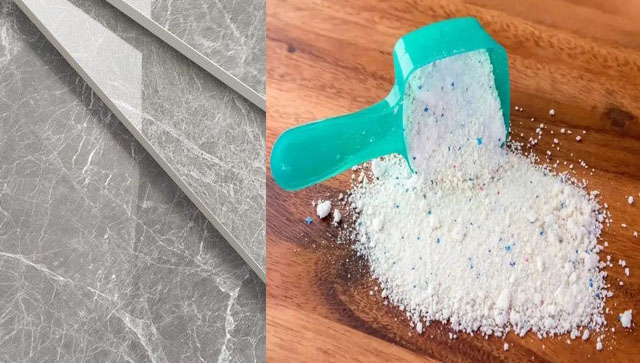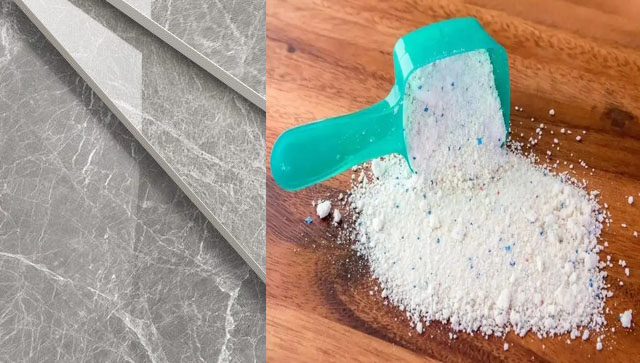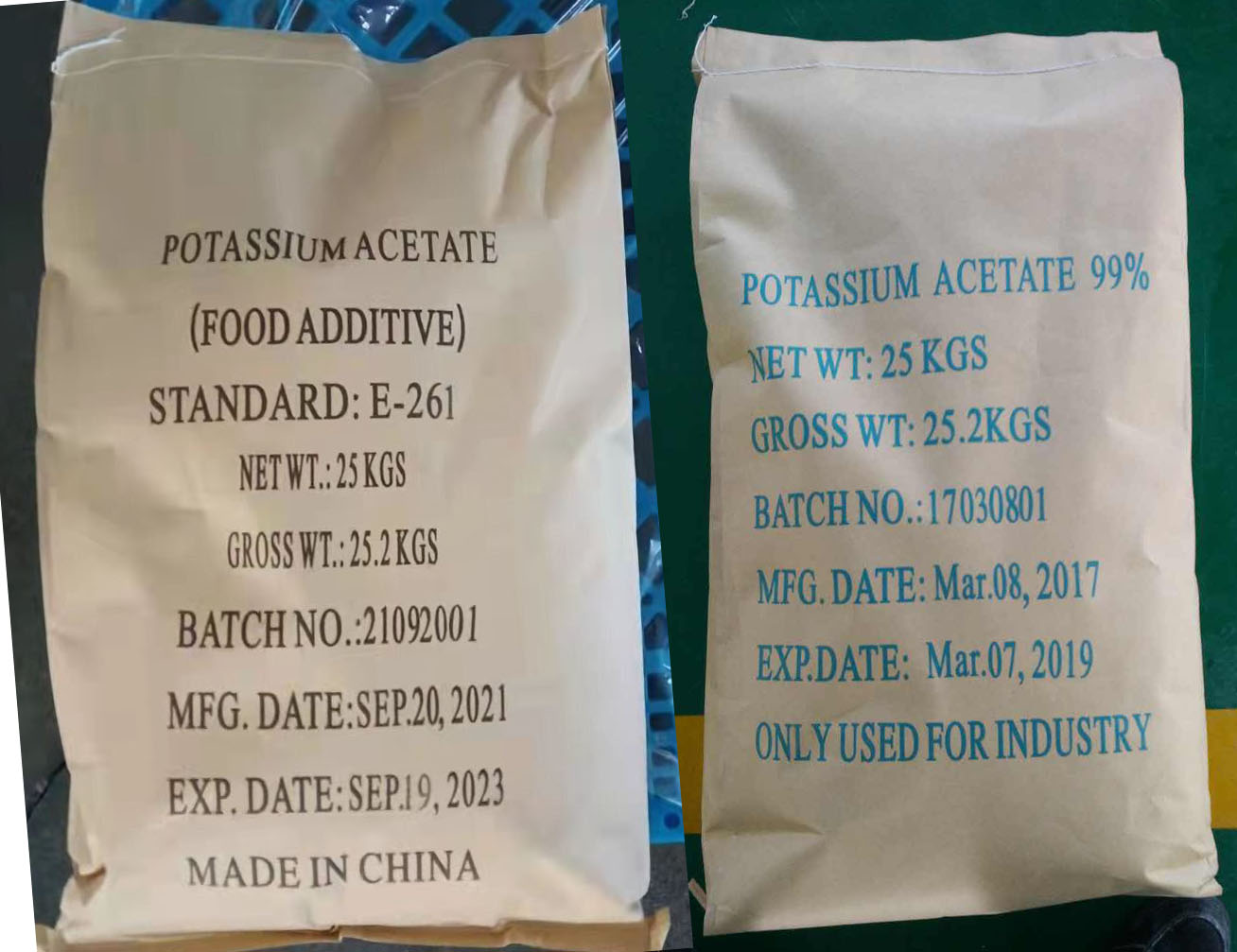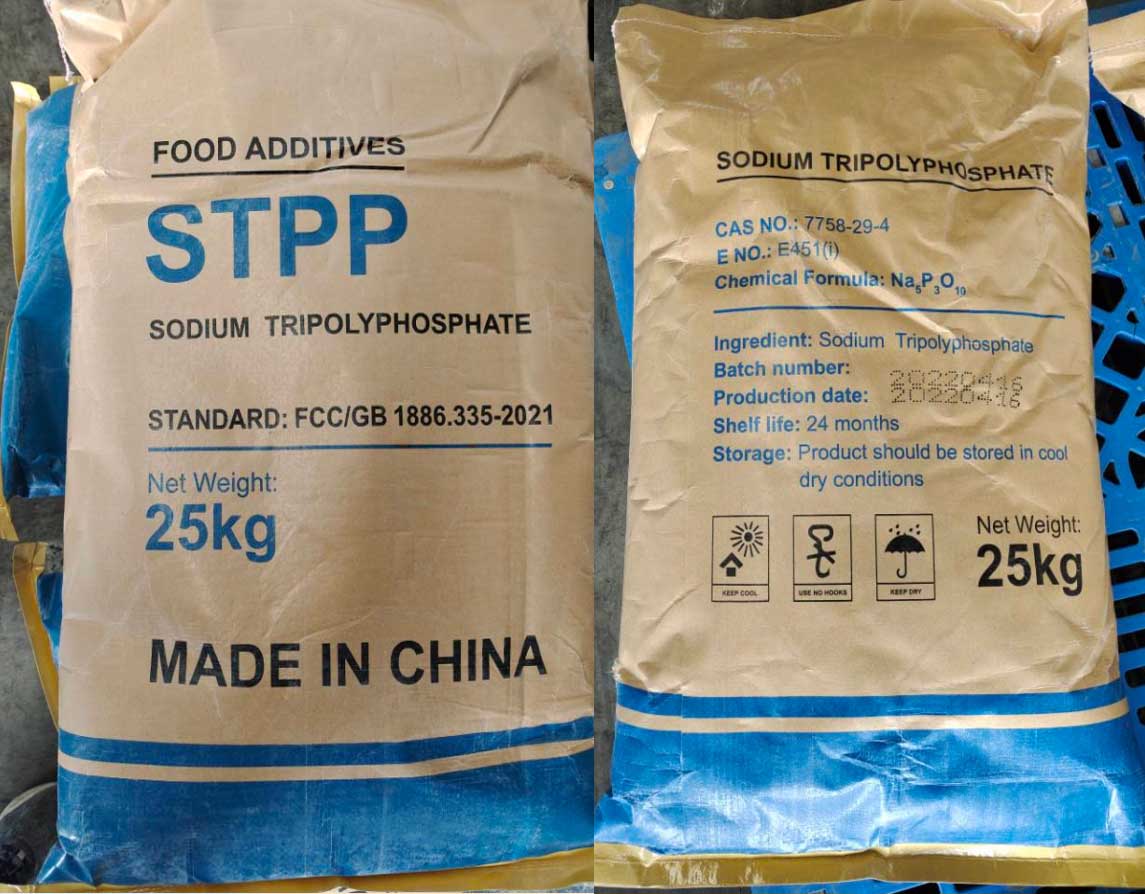Chain Length in SHMP
Definition and Formation
SHMP is a polymer of sodium phosphate formed through thermal condensation polymerization. The degree of polymerization determines the chain length, which can vary depending on reaction conditions such as:
Na/P ratio: The sodium-to-phosphorus ratio affects polymer growth.
Temperature: Higher temperatures (450–600°C) promote longer chains.
Reaction time: Longer heating times can lead to increased polymerization.
Cooling process: Rapid cooling may result in shorter chains due to incomplete polymerization.
Effects of Chain Length on SHMP Properties
Solubility: Longer chains generally exhibit higher solubility, though extremely long chains may have reduced water dissolution rates.
Sequestration Efficiency: SHMP with longer chains tends to have a higher chelating ability, especially for calcium and magnesium ions in water treatment applications.
Thermal Stability: Longer polymer chains provide enhanced resistance to thermal degradation, making them suitable for high-temperature industrial processes.
Performance in Dispersing and Emulsifying: Shorter chains may exhibit better dispersing properties, while longer chains enhance emulsification effectiveness.
Inactive Phosphates in SHMP
Definition and Causes
Inactive phosphates refer to phosphate groups in SHMP that do not participate in its key chemical functions, such as sequestration and dispersion. These arise due to:
Incomplete polymerization: During synthesis, some phosphate groups remain unreactive.
Structural stabilization: Some phosphate groups serve as structural units rather than active chelating sites.
Impurities in raw materials: Unreacted sodium phosphate precursors may remain within the final product.
Effects of Inactive Phosphates on SHMP Performance
Reduced Sequestration Capacity: A high proportion of inactive phosphates lowers SHMP’s efficiency in chelating metal ions.
Altered Solubility: Non-reactive phosphate groups may affect the dissolution rate and stability of SHMP solutions.
Performance Variability: Inactive phosphates contribute to inconsistencies in SHMP’s functionality across different batches.
Impact on Industrial Applications:
Water Treatment: Less active SHMP results in weaker hardness removal and scale prevention.
Food Industry: Inconsistent emulsification properties may affect food texture and stability.
Detergents and Cleaning Agents: Lower phosphate reactivity reduces effectiveness in binding metal ions and dispersing particulates.
Optimizing Chain Length and Reducing Inactive Phosphates
To enhance SHMP quality and performance, manufacturers can implement the following strategies:
Optimizing Na/P Ratio: Maintaining an appropriate Na/P ratio ensures controlled polymerization and limits inactive phosphate formation.
Precise Temperature Control: Using well-regulated heating and cooling protocols prevents undesired chain breaking and promotes uniform polymerization.
Purity of Raw Materials: High-purity sodium phosphate minimizes unwanted residual phosphates in the final product.
Quality Testing: Analytical techniques such as NMR (Nuclear Magnetic Resonance) and GPC (Gel Permeation Chromatography) can monitor polymer distribution and inactive phosphate content.
Conclusion
The chain length and presence of inactive phosphates in sodium hexametaphosphate (SHMP) significantly impact its functional properties in industrial applications. Longer chain lengths enhance solubility, sequestration, and thermal stability, while excessive inactive phosphates reduce SHMP’s effectiveness. By optimizing synthesis conditions and material purity, manufacturers can improve SHMP quality and maximize its industrial performance.




